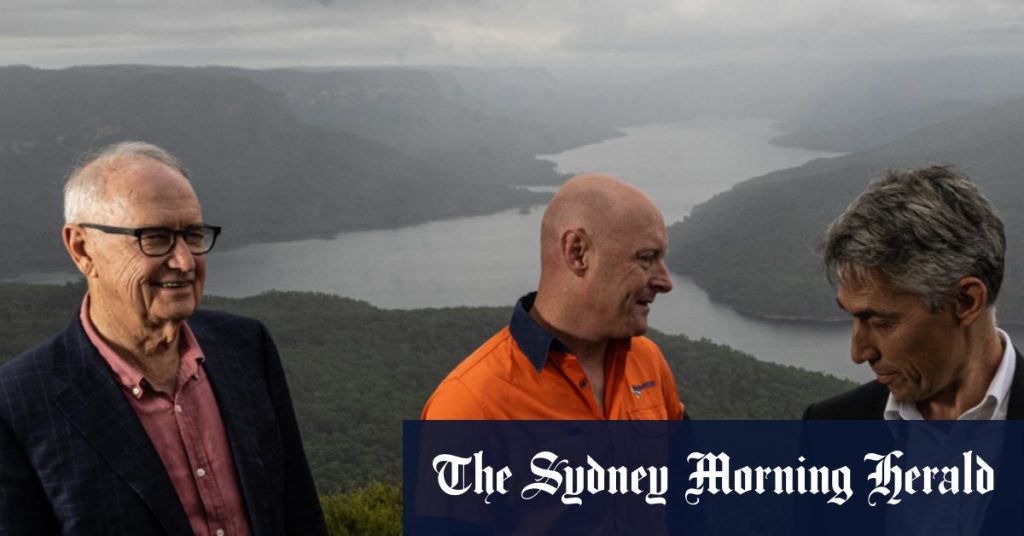Zen Energy’s proposal for the Western Sydney Pumped Hydro project involves the development of a scheme that would be capable of generating electricity for 500,000 homes for eight hours. This project would involve pumping water equivalent to 4000 Olympic swimming pools from Lake Burragorang into a reservoir located at the top of an escarpment west of Camden. The water would then be released to generate electricity during peak demand periods, providing a solution to power stabilisation issues in major cities such as Melbourne, Brisbane, and Sydney.
Professor Ross Garnaut, director and major shareholder of Zen Energy, believes that mountainous areas near major cities offer ideal locations for pumped hydro projects due to their access to water and elevation requirements. The proposed site in Nattai has been deemed perfect for the project as it is close enough to Sydney to not require the construction of new transmission lines and is located on land already disturbed by heavy industry. The project would involve drilling pipes through stable Sydney sandstone, minimizing the need for extensive excavation compared to other pumped hydro projects such as Snowy 2.0.
Pumped hydro technology is considered crucial in enabling the transition to renewable energy sources by providing long-term storage for wind and solar energy. The Western Sydney Pumped Hydro project aims to address the challenges faced by Australia in replacing its aging coal-fired power stations. Despite delays and cost overruns experienced by the Snowy 2.0 project, the Western Sydney proposal offers a more efficient and cost-effective alternative, utilizing existing infrastructure and natural features for the project.
The proposed site for the Western Sydney Pumped Hydro project has been carefully selected for its access to water and elevation, essential components for successful pumped hydro schemes. The project’s proximity to Sydney and its utilization of disturbed industrial land mean that it would have minimal impact on surrounding environments. By utilizing stable Sydney sandstone for drilling pipes, the project aims to minimize disruption and excavation compared to other pumped hydro projects, highlighting its efficiency and feasibility.
The project’s approach of pumping water from Lake Burragorang into a reservoir during periods of abundant solar and wind energy and releasing it during peak demand times aligns with the goal of maximizing the use of renewable energy sources for electricity generation. This strategy allows for the efficient storage and utilization of green power, addressing the fluctuating nature of renewable energy production. By providing a reliable and scalable solution to power supply challenges, the Western Sydney Pumped Hydro project offers a promising opportunity to advance sustainable energy infrastructure in Australia.
In conclusion, the Western Sydney Pumped Hydro project represents a significant step towards transitioning to renewable energy sources and addressing power stabilisation issues in major cities. The proposal’s focus on leveraging natural features, utilizing existing infrastructure, and implementing efficient design principles demonstrates a sustainable and cost-effective approach to energy storage and generation. With the potential to power 500,000 homes for eight hours, the project holds promise for meeting growing energy demands while reducing reliance on fossil fuels and mitigating environmental impacts.


